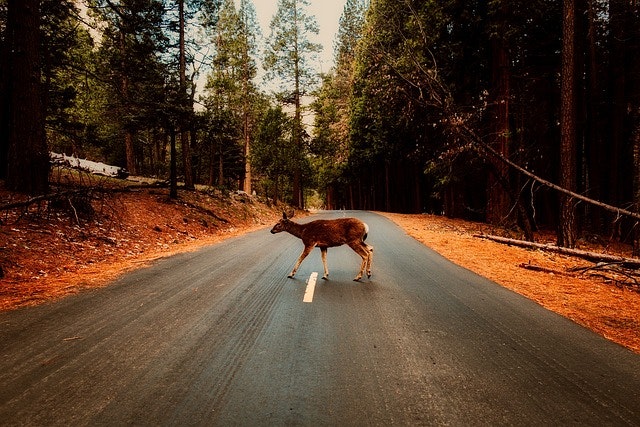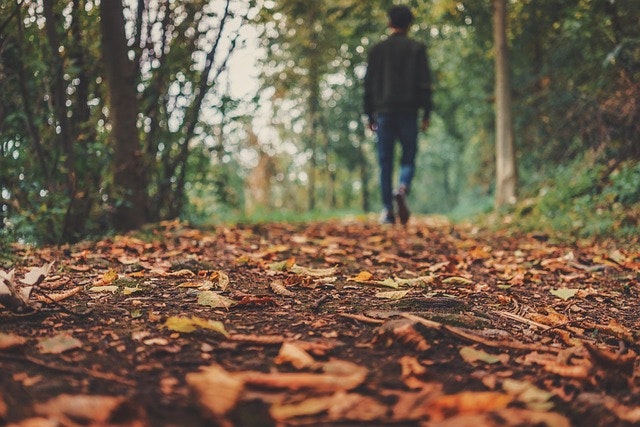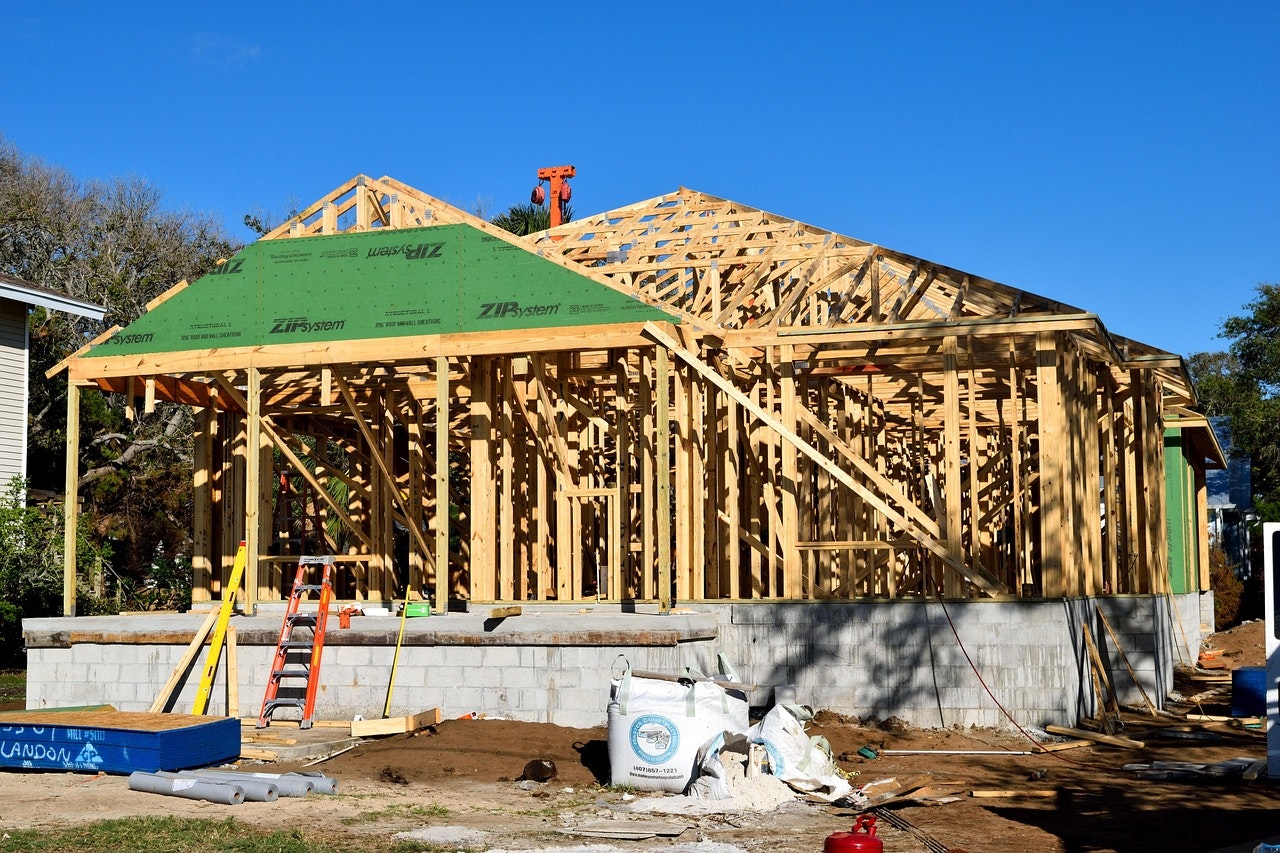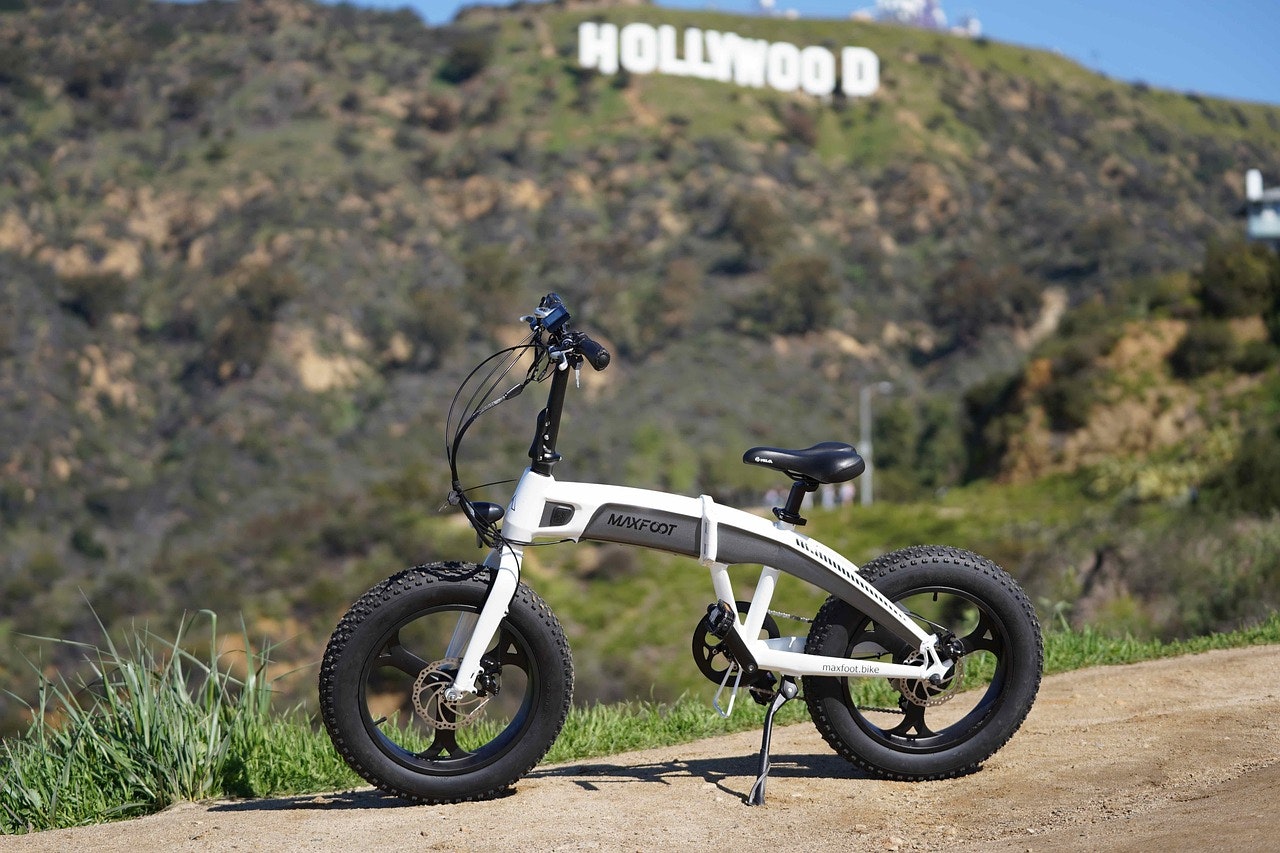Deer Collision Safety Tips for Peak Season
In Colorado, the beauty of the fall season comes with the challenge of increased deer activity, particularly in the months of October through December. During this time, deer collisions become more frequent, with significant implications for drivers across the state. Preparing for these potential encounters not only protects you and your vehicle but can also prevent costly damages and insurance claims.
Be Mindful of Peak Activity Hours
In Colorado, deer are particularly active around sunrise and sunset during the fall. This makes early morning and late afternoon high-risk times for potential collisions. Be extra vigilant when driving near wooded areas or rural zones during these hours.
Use High Beams Wisely
Colorado's rural and mountainous roads can be challenging to navigate at night. Use your high beams when there is no oncoming traffic. This can help you spot deer more easily by reflecting the light off their eyes.
Look for More Than One
Deer usually travel in groups. If you see one crossing the road, slow down and be ready for others that might follow. This is especially common in areas like Estes Park and along the Front Range.
Know When Not to Swerve
If a deer suddenly appears on the road, try to brake firmly while keeping your vehicle in its lane. Swerving can lead to more dangerous situations, like hitting an oncoming vehicle or going off the road in Colorado's rugged terrains.
Heed the Signs
Deer crossing signs are common in Colorado, especially near the mountains and plains. These signs are placed based on past incidents and wildlife patterns, so they’re critical for alerting you to potential risks.
Use Your Seat Belt
Always wear your seat belt. This simple habit can significantly reduce the risk of injury if a collision occurs, protecting you and your passengers.
If a Collision Occurs, Take the Proper Steps
After an accident, move your vehicle to a safe place and turn on your hazard lights. In Colorado, it’s common practice to report deer collisions to local authorities and your insurance company. Avoid approaching injured wildlife, as they can be unpredictable. By adopting these strategies and staying aware on the road, you can minimize your chances of a deer collision. For more information on how this might impact your auto insurance or to review your coverage details for this specific risk in Colorado, feel free to contact us anytime.













